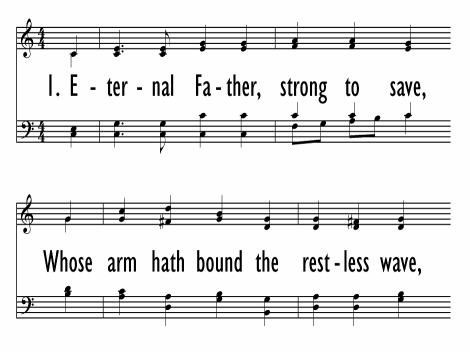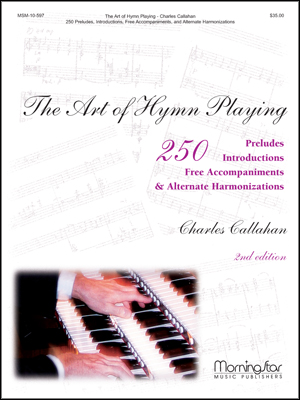- |
User Links
Creator Spirit, by Whose Aid
Hymn Information
- First Line
- Creator Spirit, by whose aid
- Paraphraser
- John Dryden (1693)
- Text Source
- Latin hymn, <cite>Veni Creator Spiritus</cite>, 9th c.
- Tune Name
- MELITA
- Composer
- John B. Dykes, 1823-1876 (1861)
- Topic
- Holy Spirit · Trinity · Elements of Worship: Opening of Worship: Called And Gathered · Elements of Worship: Prayer for Illumination
Copyright Information
- Text Copyright
- Public Domain
- Tune Copyright
- Public Domain
- Reprint/Projection Information
- Words and Music: The Words and Music are in the Public Domain; you do not need permission to project or reprint the Words and Music.
Full Text
Scripture References
Further Reflections on Scripture References
The text is a prayer for the creative, dynamic work of the Holy Spirit in God's people. The prayer is cast in older English expressions: "Paraclete" is Greek for comforter, advocate, or counselor (st. 2); "sevenfold energy" is based on the medieval reading of Isaiah 11:2, in which the Hebrew list of six characteristics of the Spirit was mistakenly translated into the Latin Vulgate as seven traits, thereby spawning a medieval tradition of "sevenfold . . . of the Spirit" (st. 3).
Bert Polman, Psalter Hymnal Handbook
Confessions and Statements of Faith References
Further Reflections on Confessions and Statements of Faith References
God’s children are called to and gathered to give worship to all three members of the Trinity. Belgic Confession, Article 8, gives the clearest explanation of the three persons of the Trinity, including not only their identity, but also their nature and tasks: “The Father is the cause, origin, and source of all things, visible and invisible. The Son is the Word, the Wisdom, and the image of the Father. The Holy Spirit is the eternal power and might, proceeding from the Father and the Son.”
Heidelberg Catechism, Lord’s Day 8, Questions and Answers 24 and 25 does so in much briefer form. As does the Belhar Confession, Section 1: “We believe in the triune God, Father, Son and Holy Spirit, who gathers, protects and cares for the church through Word and Spirit. This, God has done since the beginning of the world and will do to the end.”
Creator Spirit, by Whose Aid
Tune Information
- Name
- MELITA
- Key
- C Major
- Meter
- 8.8.8.8.8.8


 My Starred Hymns
My Starred Hymns






